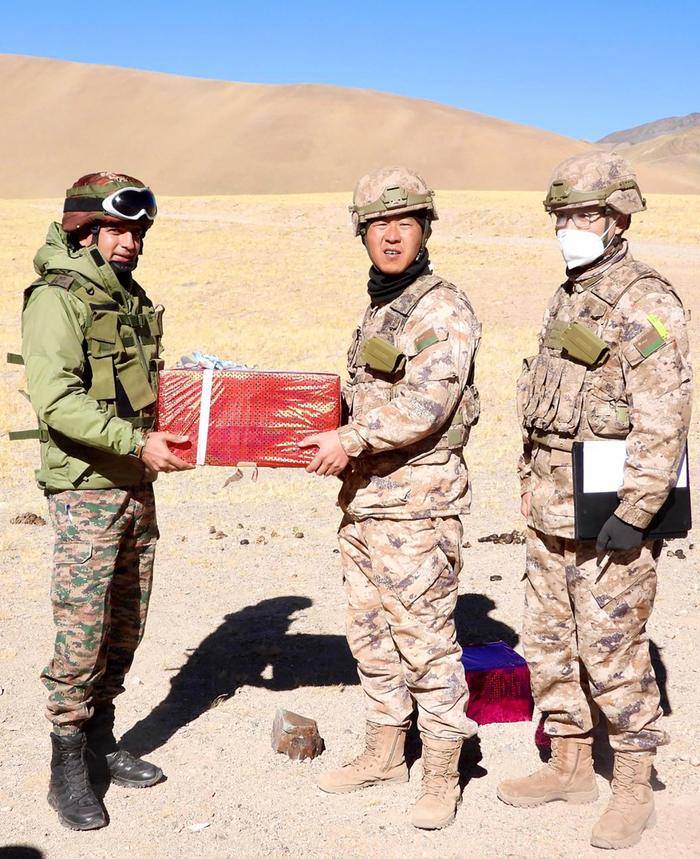India, China Make Progress in Himalayan Disengagement Efforts
India and China have made significant progress in their disengagement efforts in the Himalayas, a region that has been a point of contention between the two nations since the 1962 border war ¹. The slow rapprochement that began in the 1980s has been marked by periods of tension, but both countries have shown a willingness to set aside their differences in favor of shared interests.
*Background of the Conflict*
The border dispute stems from rival claims over the frontier, with both countries having different interpretations of the Line of Actual Control (LAC). The LAC is a 3,488-kilometer border that separates Indian-controlled territory from Chinese-controlled territory ¹. The dispute has led to several skirmishes and standoffs over the years.
*Recent Disengagement Efforts*
In recent months, India and China have engaged in multiple rounds of talks to resolve the border issue. The disengagement process has been slow but steady, with both sides agreeing to pull back troops and equipment from contested areas.
*Key Areas of Disengagement*
Some of the key areas where disengagement has taken place include:
- *Pangong Tso*: A strategic lake in the Ladakh region where Indian and Chinese troops had been locked in a standoff.
- *Gogra Heights*: A disputed area in the Ladakh region where Indian and Chinese troops had been deployed.
- *Doklam*: A disputed area in the Sikkim region where Indian and Chinese troops had been locked in a standoff.
*Challenges Ahead*
Despite the progress made, there are still several challenges that need to be addressed. These include:
- *Boundary Demarcation*: The two countries need to agree on the demarcation of the LAC.
- *Troop Withdrawal*: The withdrawal of troops from contested areas needs to be verified and monitored.
- *Trust-Building Measures*: Both countries need to build trust and confidence to ensure that the disengagement process is sustainable.
*Conclusion*
The disengagement efforts between India and China are a positive step towards resolving the border dispute. However, much work remains to be done to ensure that the process is sustainable and leads to a lasting resolution. Both countries must continue to engage in dialogue and work towards building trust and confidence.
References:
¹ Thin Ice in the Himalayas: Handling the India-China Border Dispute


